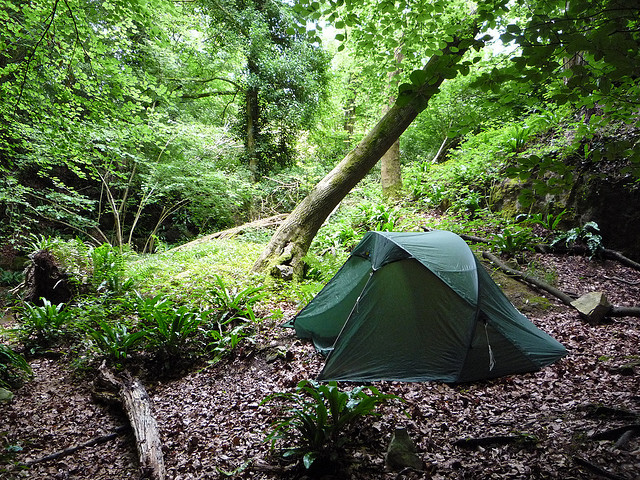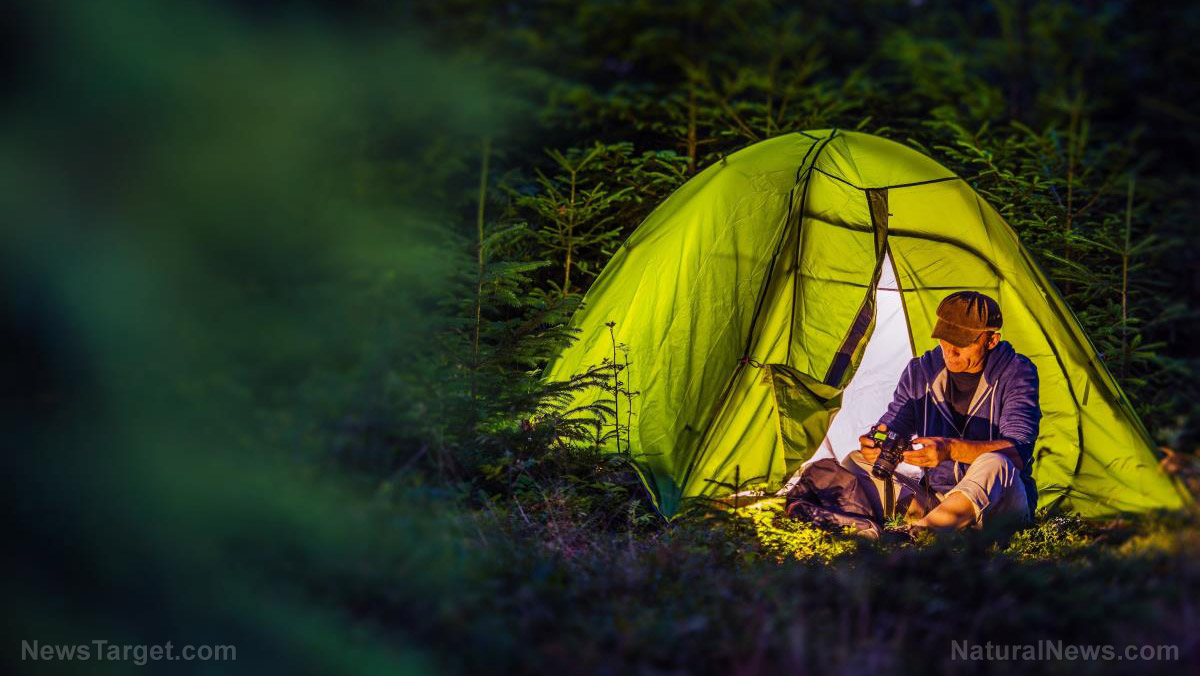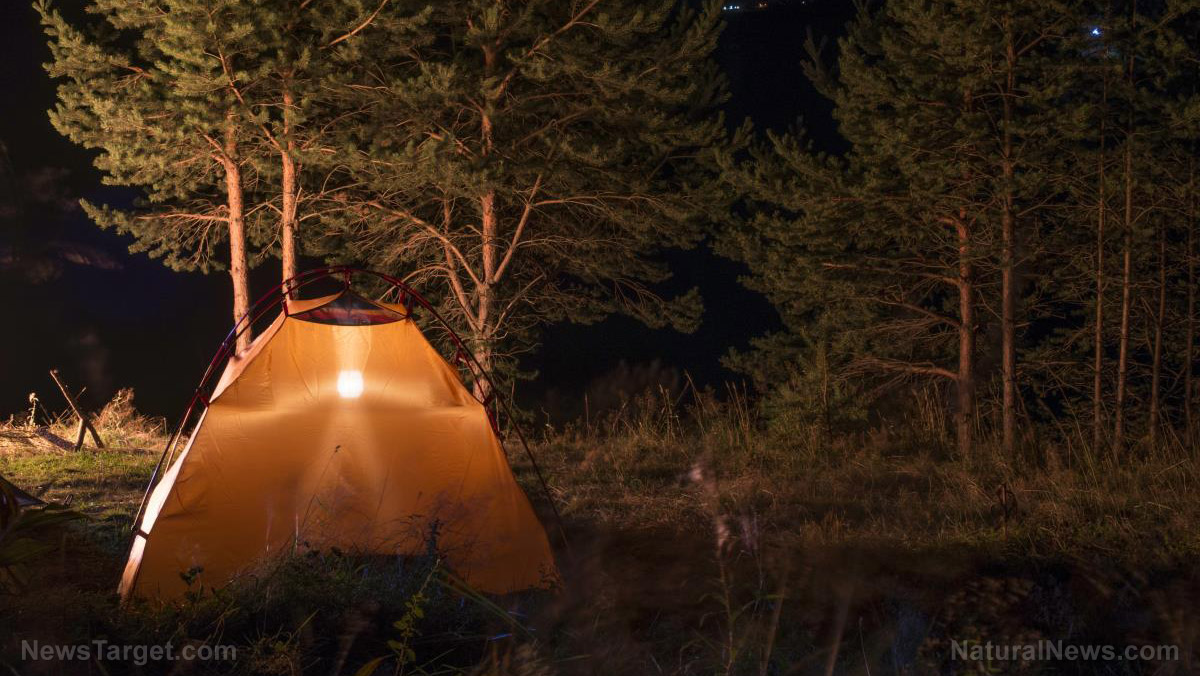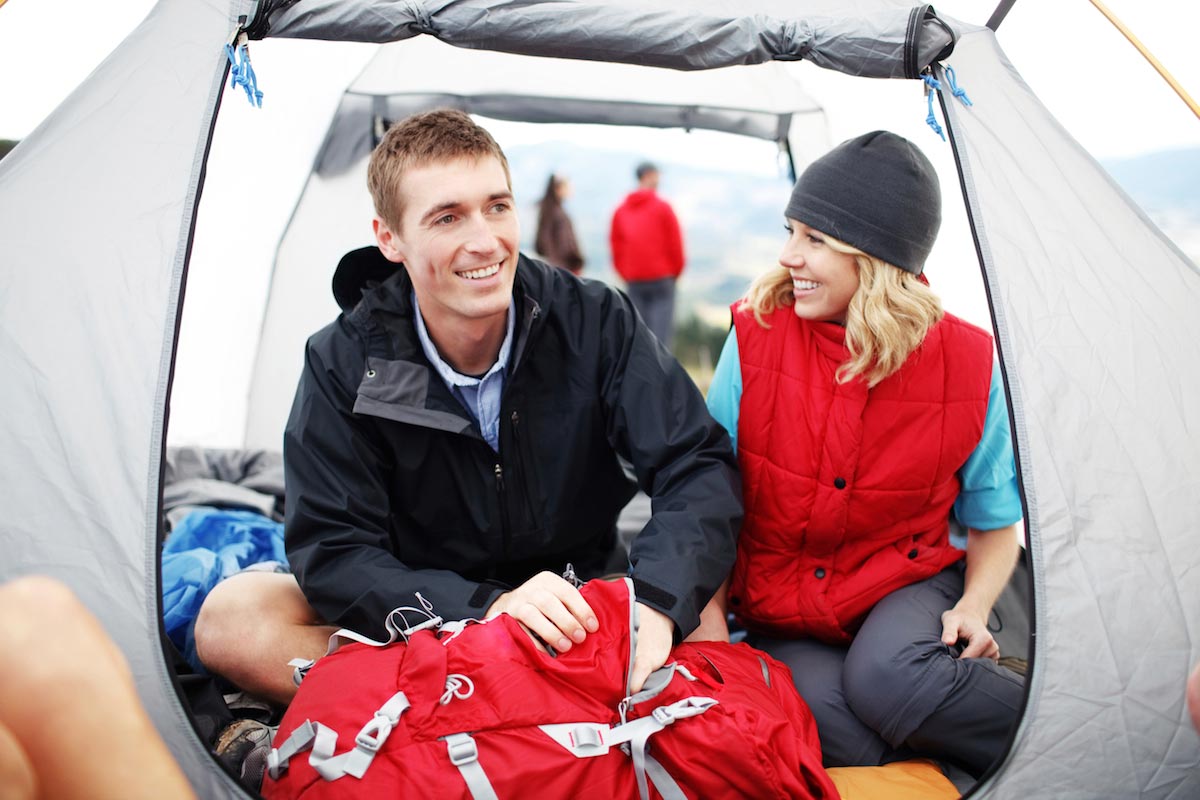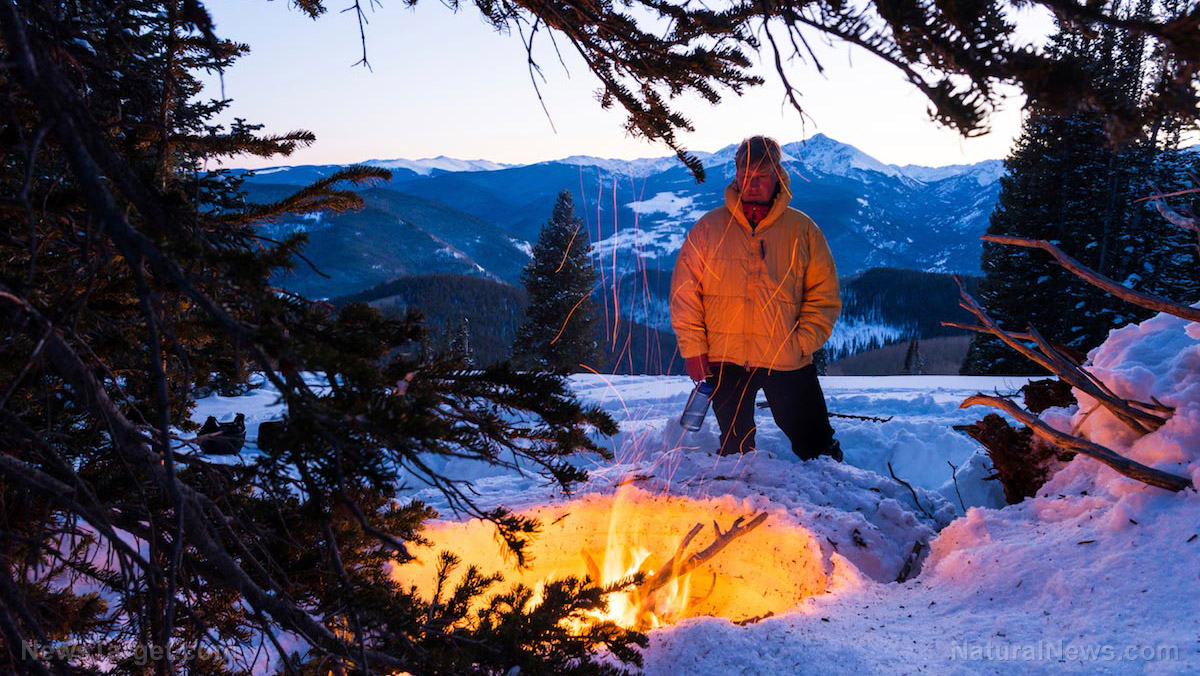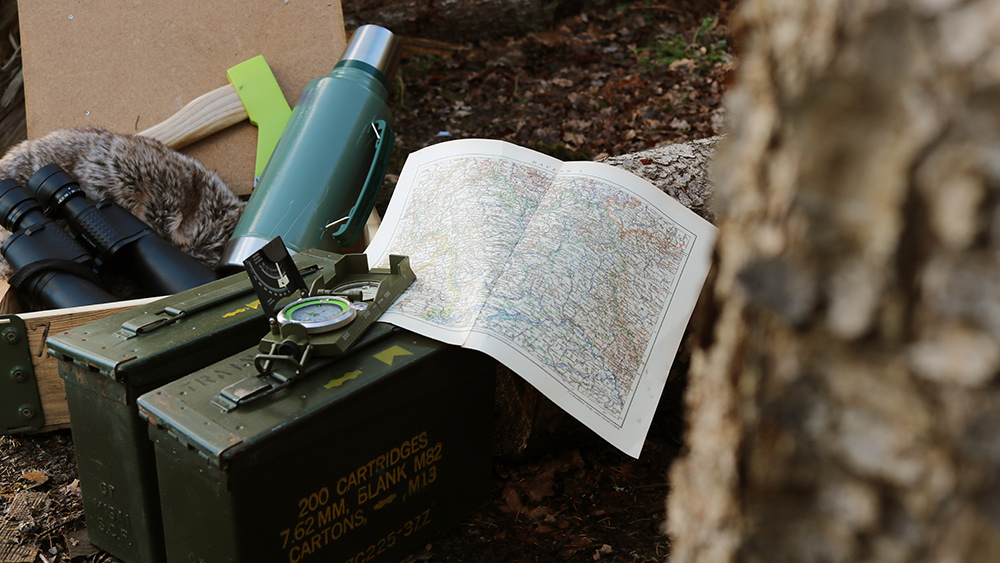
Any outdoor activity has the possibility of going wrong with little to no warning. The great outdoors is unpredictable, and, as a prepper, you must be prepared to face an emergency situation. If you ever find yourself in a bind, having the right tools can mean the difference between life and death. This situation is where your trusty survival knife comes in.
Survival knives are versatile survival tools. They come in all shapes and sizes and can also be used for a variety of purposes, including camping, hiking, and hunting. Each part, including the shape of the blade, can play a role in how the knife functions and how effectively you can use it in specific tasks. Two of the more popular knife shapes are the drop point and the clip point. Both have their advantages and disadvantages, but what are the differences between the two? (h/t to ThePreppingGuide.com)
The sharpest tool in the shed
Blade shapes bring more to the table than just aesthetics. Each form is designed and crafted to perform well in certain tasks. One shouldn't assume a knife can perform well in any function they could think of. Some blades are built for hunting and skinning while others are made to cut other materials, like a rope or cloth. Some knife shapes, like the karambit, can be used for self-defense. While it may not be a big deal, using a knife for their manufactured purpose can prevent the risk of damage, allowing you to get the most out of your blade. (Related: Using kitchen knives for survival.)
The clip point is one of the more popular types of blade shapes today. The back edge of the knife is straight and unsharpened, stopping somewhere in the middle. Then, it goes on toward the tip. When you look at the blade, it looks like the front portion is clipped off. This is why it's called a "clip point."
These versatile knives are often used as pocket knives. A popular example of a clip point is the Bowie knife. If you're going camping, packing a clip point knife can help you perform general camp chores. However, the clip point tends to break easily due to its slim and sharp design. It also lacks the strength to perform certain tasks but makes up for it in precision and controllability.
On the other hand, drop point knives are widely used for hunting. Unlike the clip point, it features an unsharpened back edge that goes all the way to the handle. One of the most significant advantages it has over the clip point is a large cutting area. Because this type lacks the "clipped off" area, the entire blade can be used for slicing and cutting, perfect for skinning animals.
Which one should you pick? Both blades have their pros and cons, but to help you make a choice, here are their key differences:
- Shape. The drop point knife has a long, straight structure that is perfect for butchering tasks, like cutting meat, skinning and field dressing. On the other hand, the clip knife's sleek and pointed design makes it ideal for mundane camping tasks like cutting branches or setting up a tent.
- Function. The drop point is mainly a hunting knife, while the clip point can be used as an all-purpose camping knife.
- Aesthetics. People have their preferences and, sometimes, aesthetics still play a part in choosing which knife is best for them. A lot of hunters forgo the generic design of the drop point in favor of the clip point's unique design.
- Precision. Both blades possess excellent accuracy, but it all depends on the task they are used for. The drop point has a broad edge that makes cutting significantly easier while the clip point's tip is designed for piercing objects.
Picking the right blade involves thinking about the tasks you plan to use it for. If you want a knife that can do a bit of everything, pick a drop point. If piercing and sharpness catch your fancy, get yourself a clip point. Both knives are fantastic additions to any prepper's arsenals.
Is your survival bag feeling a little light? Check out more recommended tools for surviving out in the wilderness at SurvivalGear.news.
Sources include:
Please contact us for more information.















